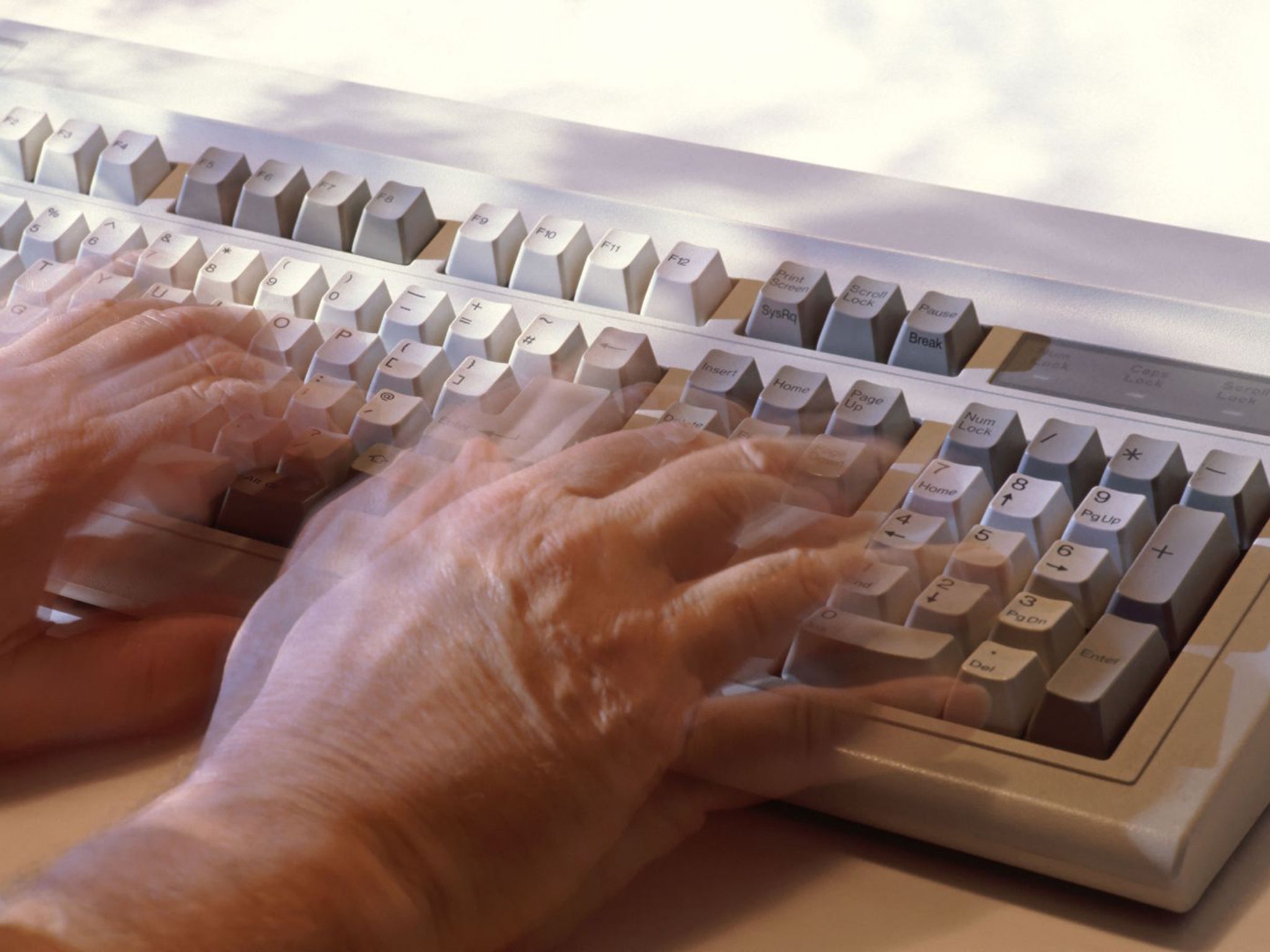The Independent's journalism is supported by our readers. When you purchase through links on our site, we may earn commission.
Computer keyboards can be used to detect Parkinson's disease symptoms at home
The discovery will hopefully lead to more effective treatment

Your support helps us to tell the story
From reproductive rights to climate change to Big Tech, The Independent is on the ground when the story is developing. Whether it's investigating the financials of Elon Musk's pro-Trump PAC or producing our latest documentary, 'The A Word', which shines a light on the American women fighting for reproductive rights, we know how important it is to parse out the facts from the messaging.
At such a critical moment in US history, we need reporters on the ground. Your donation allows us to keep sending journalists to speak to both sides of the story.
The Independent is trusted by Americans across the entire political spectrum. And unlike many other quality news outlets, we choose not to lock Americans out of our reporting and analysis with paywalls. We believe quality journalism should be available to everyone, paid for by those who can afford it.
Your support makes all the difference.A team of researchers has found a way for people to check themselves for symptoms of Parkinson’s disease at home, and and all it requires is an app and a computer keyboard.
The study, which you can access here, explains how keystroke dynamics can be used to monitor the motor effects of Parkinson’s.
The scientists asked two sets of people – 42 patients with early-stage Parkinson's and 43 healthy volunteers – to type out a passage of text for 10-15 minutes on a keyboard hooked up to a computer running special software designed to time each key’s press and release.
Subsequent analysis revealed a significant variation in the timing of each press and release amongst the group of volunteers with Parkinson’s disease. The data from the healthy group, meanwhile, was far more uniform.
“This approach uses something we do normally — interacting with a digital device — so it does not add any additional burden or take time away from daily activities,” said Luca Giancardo, the study’s lead author.
"We were able to find a signature that allows us to detect Parkinson's disease in our cohort. We envisage that this could be used to fill in the gaps between visits to the neurologist, for example, or between other tests that cannot be carried out continuously."
There’s no cure for Parkinson’s at present, but it’s possible to treat and reduce the severity of patients’ symptoms. Unfortunately, this can be difficult, as it requires close monitoring.
The researchers hope that, by enabling patients to monitor their symptoms at home, their method will make it easier to detect Parkinson’s disease early, leading to more effective treatment.
Join our commenting forum
Join thought-provoking conversations, follow other Independent readers and see their replies
Comments